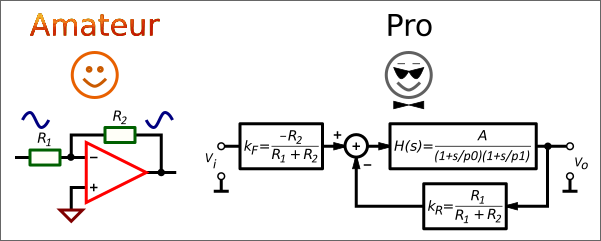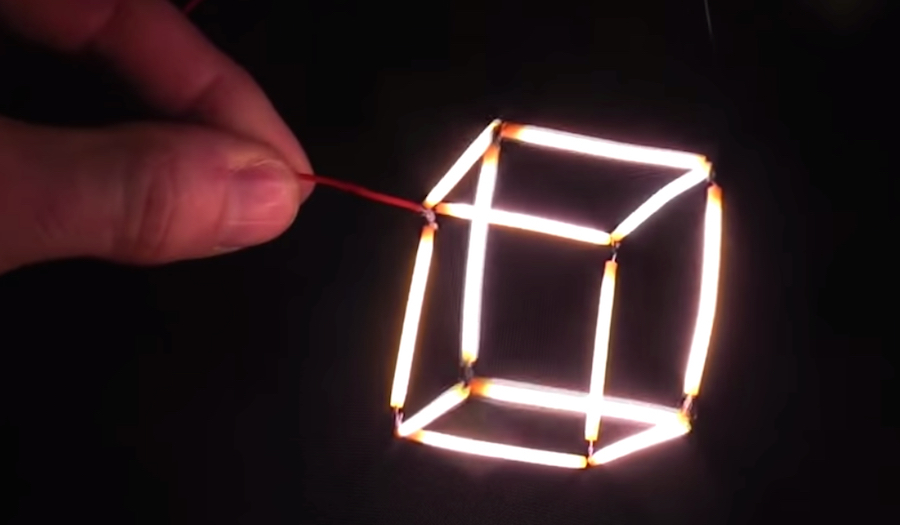Active Termination Drivers

The easiest way to build a driver with specified output impedance is to use an amplifier with high load compatibility and add a resistor to its output. The penalty is a voltage drop across this resistor, so there is power loss and we need a higher supply voltage. If our driver is able to deliver the same voltage and current to the same load, but the extra resistor will have a lower value, our device will be able to deliver the same output power at a lower supply voltage. Less power losses, less heat, and longer working time when a battery is used.
There is an idea how to solve this problem: active termination. We can synthesize the output impedance!
Now when we know what we want, go to design our drivers!



 Saluting my LED lamp fans!
Saluting my LED lamp fans!

